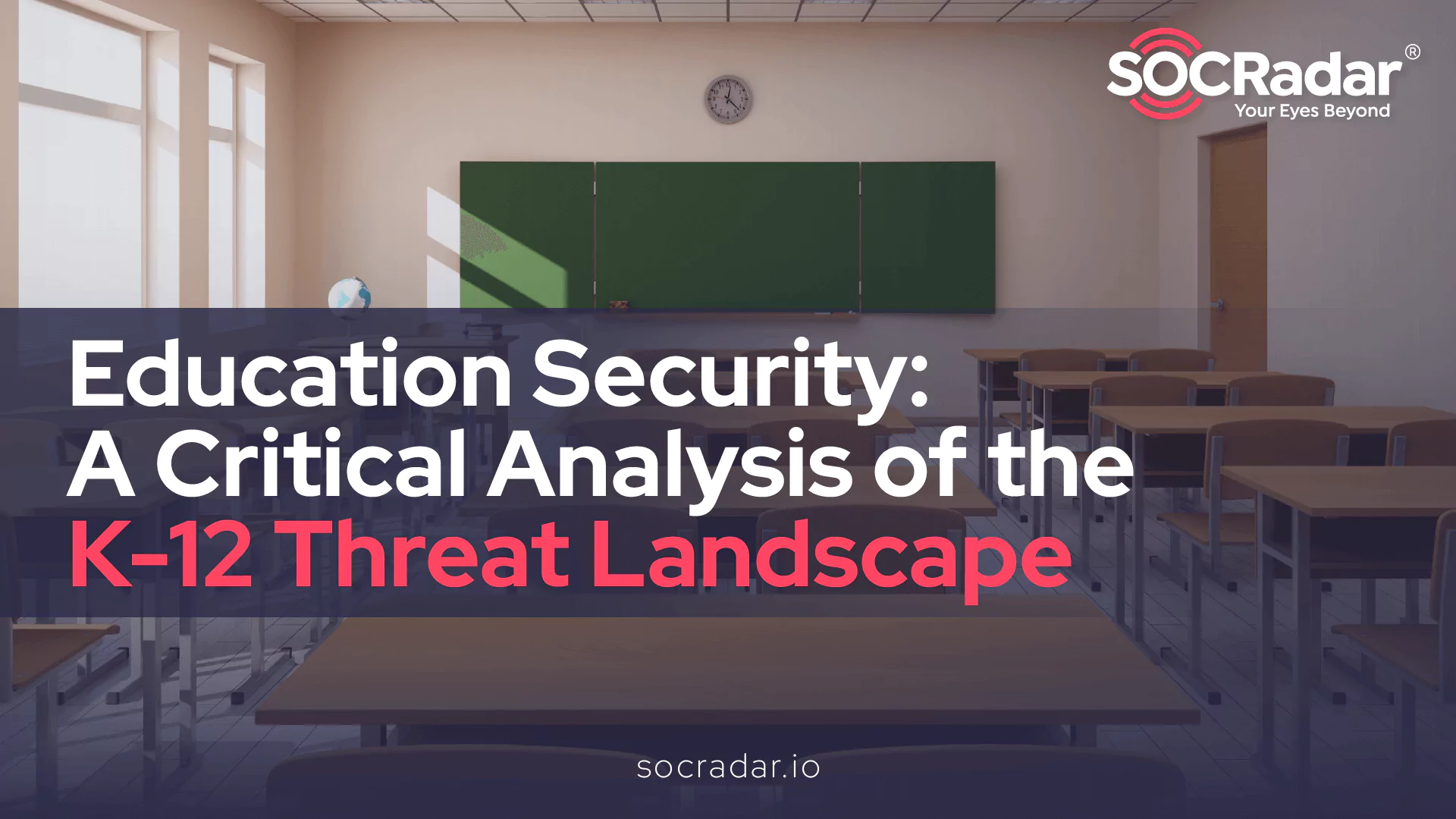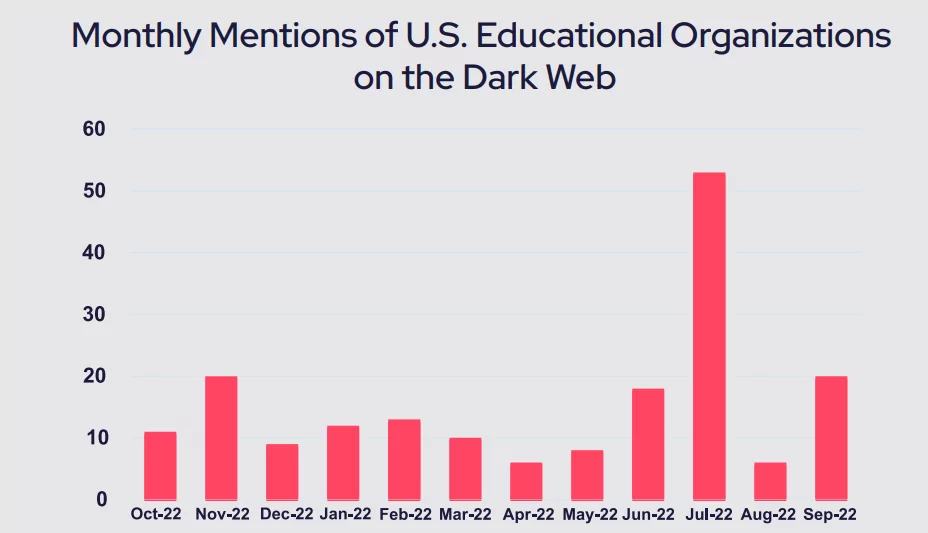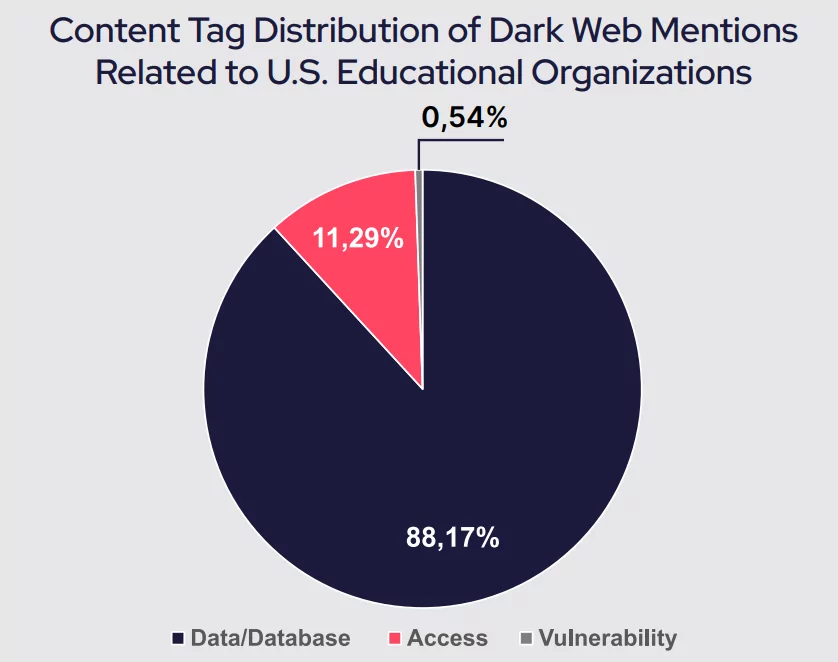
Education Security: A Critical Analysis of the K-12 Threat Landscape
As digital transformation reshapes the education sector, education security in K-12 schools has emerged as a crucial concern. The comprehensive analysis provided by SOCRadar’s US Education K-12 Threat Landscape Report emphasizes the growing need for robust cybersecurity measures to protect sensitive student data and ensure school safety.
The Evolving Landscape of Education Security
The education industry faces unique challenges in cybersecurity, with K-12 institutions increasingly becoming targets for cybercriminals. Education security must address a range of issues, from protecting student data to safeguarding the digital infrastructure of schools. Integrating technology in classrooms, while beneficial, also opens doors to potential cyber threats.

Data privacy is a crucial component of education security. Handling student data, including personal and academic information, requires strict adherence to data protection laws. Schools must ensure that their policies comply with regulations like FERPA, emphasizing protecting student data from unauthorized access and breaches.
Developing Comprehensive Security Policies
Effective education security hinges on well-crafted security policies. These policies should encompass technical safeguards, staff training, and protocols for incident response. Regular audits and updates are vital to ensure these policies remain effective against evolving cyber threats in the education sector.
Role of Threat Intelligence and Technology in Enhancing School Security
K-12 institutions must leverage advanced threat intelligence and cybersecurity technologies to enhance school safety. These tools enable schools to detect and respond to threats promptly, thereby strengthening their education security posture. Collaborations with cybersecurity experts, as highlighted in the SOCRadar report, are instrumental in achieving this goal.

A crucial aspect of education security is fostering cybersecurity awareness among staff and students. Educational programs and training sessions can equip them with the knowledge and skills to identify potential cyber threats, contributing to a safer online environment in schools.
Minimize Potential Damages
The SOCRadar’s US Education K-12 Threat Landscape Report is a vital resource for understanding the importance of education security. As cyber threats continue to evolve, the education industry must remain vigilant and proactive in implementing comprehensive cybersecurity measures. By doing so, schools can ensure a secure and conducive learning environment for their students.



































